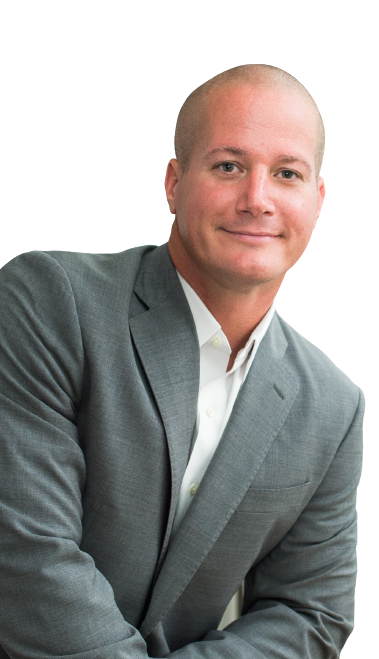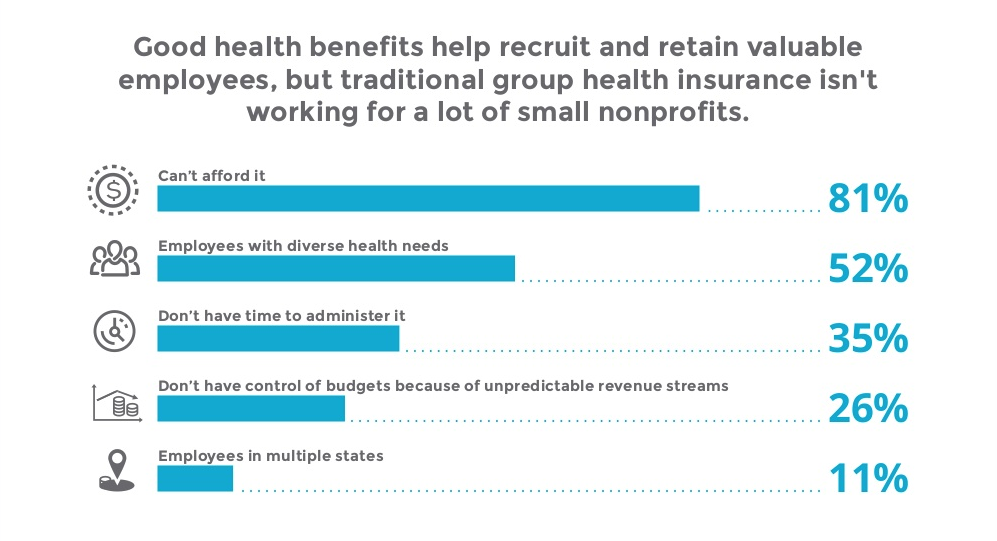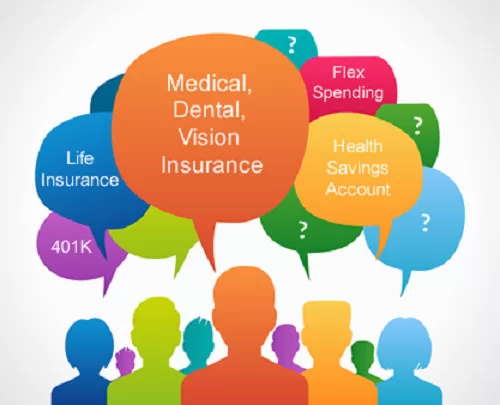Unknown Facts About Medicare Advantage Agent
Unknown Facts About Medicare Advantage Agent
Blog Article
Medicare Advantage Agent - An Overview
Table of ContentsMedicare Advantage Agent - TruthsOur Medicare Advantage Agent IdeasThe Facts About Medicare Advantage Agent Revealed


follows from adheres to the puzzling young fairly profile of account uninsured with the better healthMuch better health and wellness average, of younger persons. For those without access to office health insurance policy, bad wellness is a potential obstacle to buying nongroup insurance coverage due to the fact that such insurance coverage might be very valued, exclude preexisting problems, or be just unavailable. Unless otherwise kept in mind, nationwide estimates of people without health insurance policy and proportions of the populace with various kinds of coverage are based on the CPS, the most widely used resource of quotes of insurance policy protection and uninsurance prices.

The Buzz on Medicare Advantage Agent
The connection in between health and wellness insurance coverage and accessibility to care is well developed, as documented later on in this chapter. The relationship between health and wellness insurance and wellness outcomes is neither straight neither easy, a considerable scientific and health solutions research study literary works links health insurance policy protection
to improved enhanced to care, better far betterHigh quality and improved enhanced individual population populace health and wellnessStanding The 2nd record, on individual wellness results for without insurance grownups, is represented by the innermost circle of the figure, while the 3rd report, on household well-being, includes the topics of the 2nd record but highlights a various unit of evaluation, namely, the family.
It concentrates particularly on those without any kind of wellness insurance policy for any kind of length of time. The issues faced by the underinsured are in some aspects similar to those encountered by the uninsured, although they are normally less severe. Uninsurance and underinsurance, however, include distinctly different policy problems, and the techniques for addressing them might vary. Throughout this research study and the 5 records to comply with, the major focus is on individuals without any medical insurance and thus no help in paying for wellness treatment beyond what is available via charity and safety internet establishments. Medical insurance is a powerful variable affecting invoice of care because both people and medical professionals react to the out-of-pocket price of services. Health and wellness insurance, however, is neither necessary neither adequate to get to clinical services. Nonetheless, the independent and direct effect of health
insurance policy protection on access to wellness services is well established. Others will certainly acquire the wellness treatment they need also without health and wellness insurance coverage, by paying for it out of pocket or seeking it from carriers who offer treatment complimentary or at highly subsidized prices. For still others, medical insurance alone does not make sure invoice of treatment because of various other nonfinancial barriers, such as a lack of healthcare suppliers in their community, minimal access to transportation, illiteracy, or etymological and social differences. Formal study concerning without insurance populations in the USA dates to the late 1920s and very early 1930s when the Committee on the Cost of Treatment produced a series of reports concerning funding doctor workplace brows through and hospital stays. This issue became prominent as the numbers of clinically indigent climbed up during the Great Anxiety. Empirical studies continually sustain the link in between access to care and boosted health and wellness results(Bindman et al., 1995; Starfield, 1995 ). Having a normal source of treatment can be thought about browse this site a forecaster click over here of access, as opposed to a straight procedure of it, when health outcomes are themselves utilized as access indications. This extension of the concept of accessibility measurement was made by the IOM Committee on Checking Access to Personal Healthcare Services(Millman, 1993, p. Whether moms and dads are insured shows up to influence whether their kids receive treatment in addition to exactly how much careeven if the children themselves have insurance coverage(Hanson, 1998). The wellness of moms and dads can impact their capacity to care for their children and the degree of household anxiety. Bothering with their kids's accessibility to care is itself a resource of anxiety for moms and dads. Three chapters adhere to in this report. Chapter 2 supplies a summary of how employment-based health and wellness insurance policy, public programs and specific insurance coverage operate and interact to supply comprehensive yet incomplete protection of the united state populace. This includes a review of historic trends and public laws impacting both public and private insurance, a discussion of the communications amongst the different sorts of insurance coverage, and an examination of why individuals move from one program to an additional or wind up

Report this page